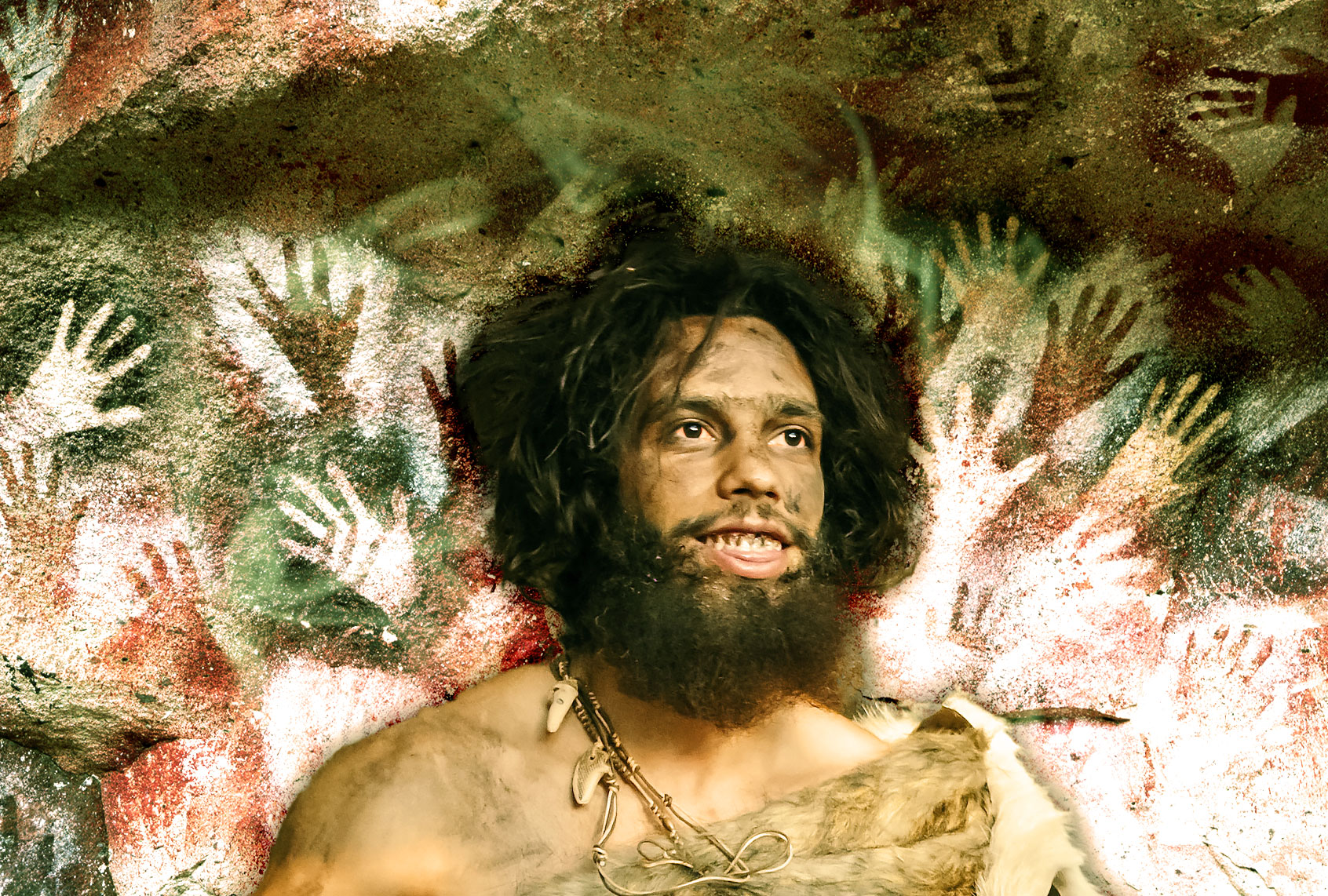When it comes to an art gallery, a cave is a strange choice of venue. Many ancient cave paintings, which mark the first known examples of artwork by hominids, are so deep under the ground that it would have taken extraordinary effort to view them. So, if you’re an ancient artist, what might inspire you to paint scenes of life — things like horses, kangaroos, and a warty pig in the case of the oldest-known cave painting — that few, if any, people would ever see?
As it turns out, Israeli archaeologists may have figured out the answer. Long story short, the artists were tripping — literally.
According to a new paper in “Time and Mind: The Journal of Archaeology, Consciousness and Culture” by Tel Aviv University archaeologists, the humans who ventured into these subterranean enclosures during the Upper Paleolithic (50,000 to 12,000 years ago) would have needed to light torches in order to see what they were doing. In the process, they would have reduced the amount of oxygen in the caves, inducing hypoxia (oxygen-deprivation) in their brains. That, in turn, would have put them in a state of altered consciousness, experiencing euphoria, out-of-body experiences and perhaps even hallucinations.
Our ancestors would not have understood the science behind all of this, though. That is why the Israeli researchers speculate that they probably would have understood their experience as metaphysical in nature. Indeed, there are many people today who believe they have had spiritual experiences when they take mind-altering substances or enter a “trippy” environment, even with the scientific knowledge we currently possess about why our brains react in certain ways.
The people responsible for these drawings, the researchers speculate, might have believed that there was something special about the caves themselves.
“We discuss the significance of caves in indigenous world views and contend that entering these deep, dark environments was a conscious choice, motivated by an understanding of the transformative nature of an underground, oxygen-depleted space,” the authors write. The humans who used them would have viewed the caves as sacred spaces, locations that deserved awe and reverence.
“It was not the decoration that rendered the caves significant,” the authors write. “Rather, the significance of the chosen caves was the reason for their decoration.”
In a separate article, the authors wrote that “the rock face itself, within the cave or the rockshelter, was conceived as a membrane, a tissue connecting the here-and-now world and the underground world beyond,” according to the Israeli publication Haaretz.
Want more health and science stories in your inbox? Subscribe to Salon’s weekly newsletter The Vulgar Scientist.
Gil Kedar, one of the paper’s co-authors, told Haaretz that it first occurred to her that the cave painters may have been high because she was visiting rock-art sites in Europe and kept thinking about how difficult it was to get to them.
“I wondered why they went into the dark, into such seclusion – why go to the end a kilometer inside?” Kedar asked. “These caves are scary, with narrow passages, and I kept banging my head.”
It is important to note that the new paper’s hypothesis does not account for cave art where the act of lighting a torch would not have induced hypoxia. Likewise, this is not the first occasion in which scholars have speculated ancient cave painters may have less than sober.
That said, the only potential evidence of this prior to the new paper — which tested its theories using data about the effects of hypoxia in high-altitude environments and software that simulated the conditions inside the tiny Paleolithic caves — came from, appropriately enough, California. In November an international research team revealed that chewed-up wads of datura, a plant that acts as a deliriant, had been found jammed in the ceiling cracks of a location known as Pinwheel Cave. Those drawings would likely have been made by a Native American group known as the Chumash.


